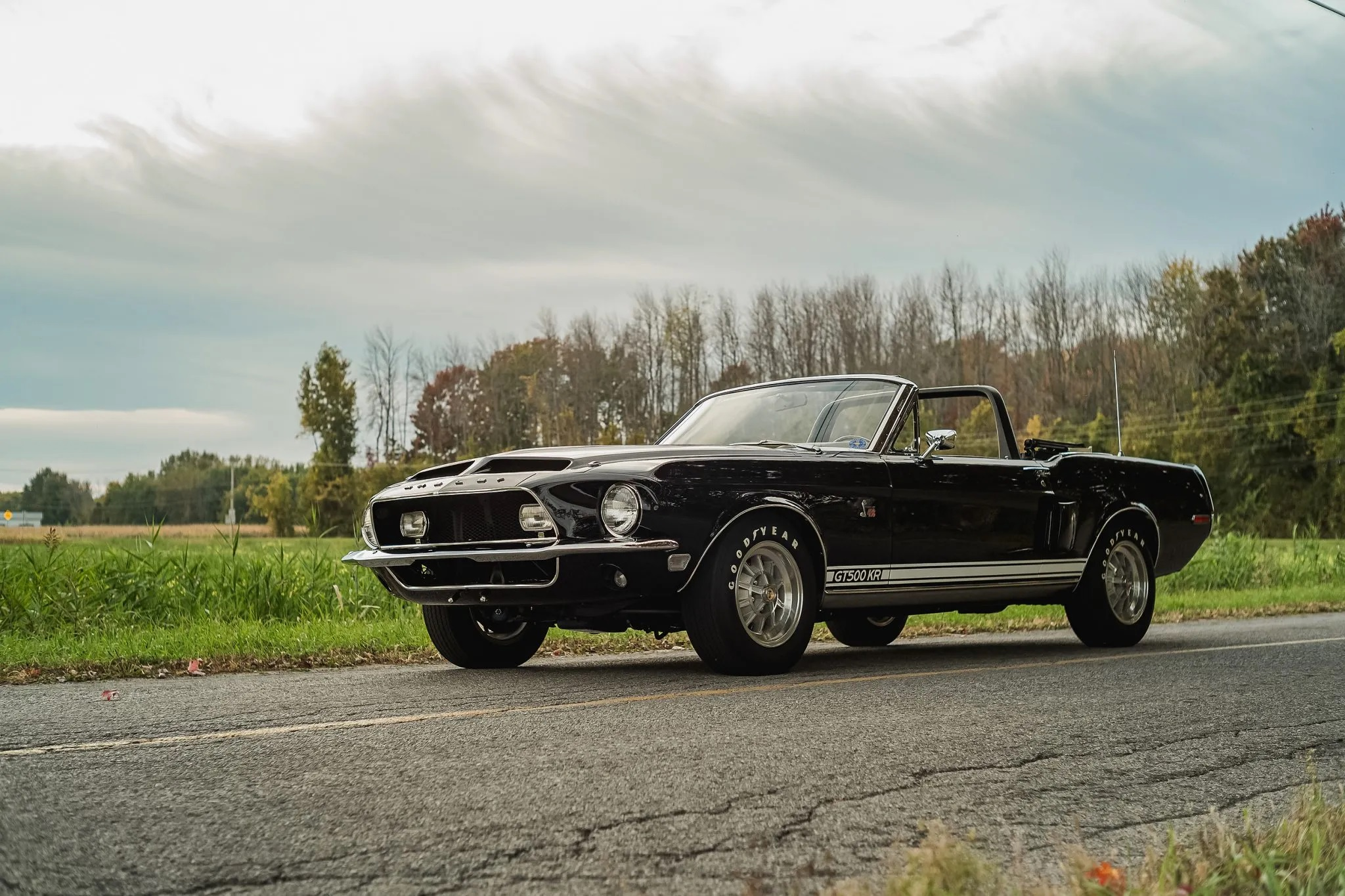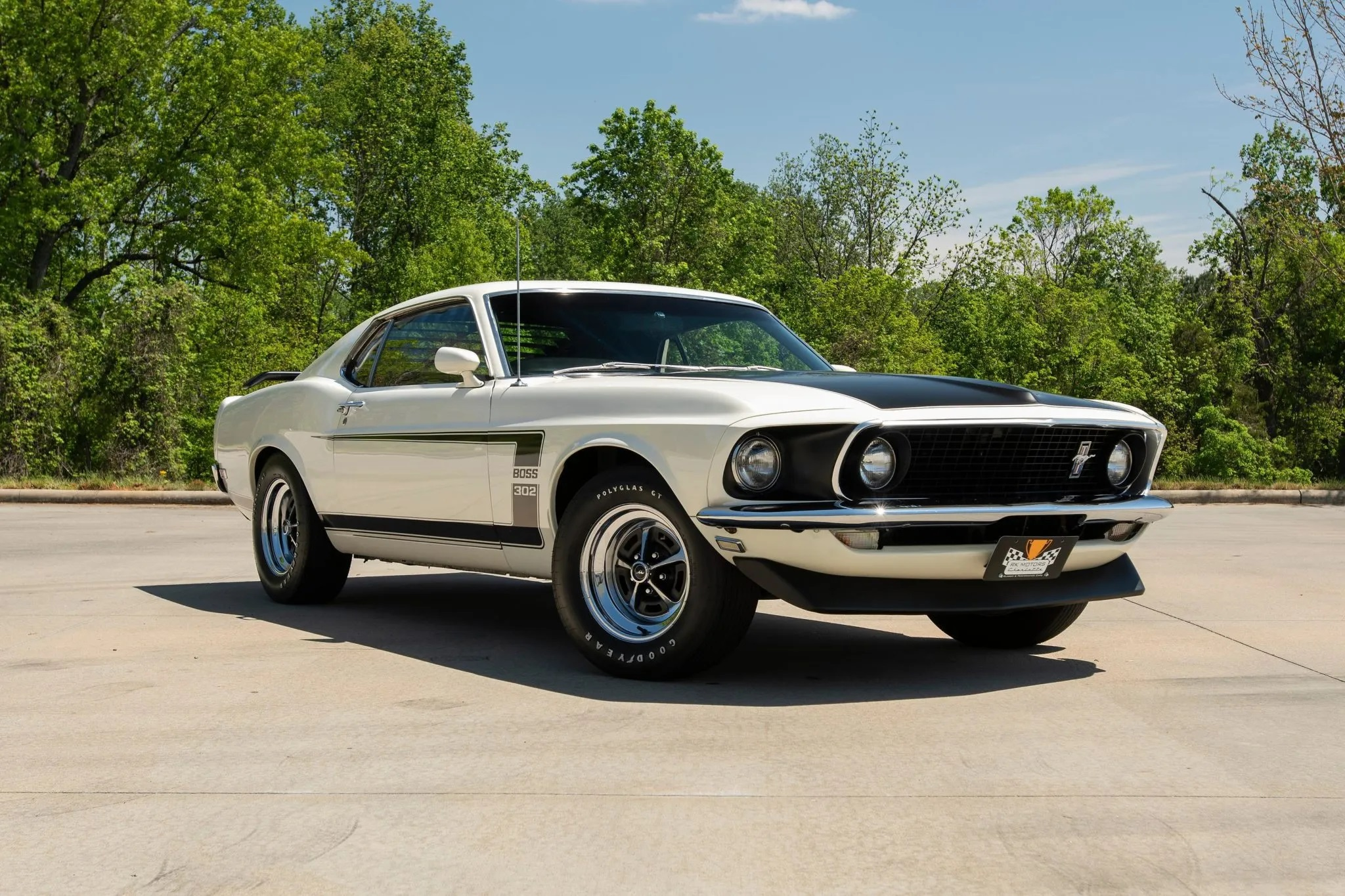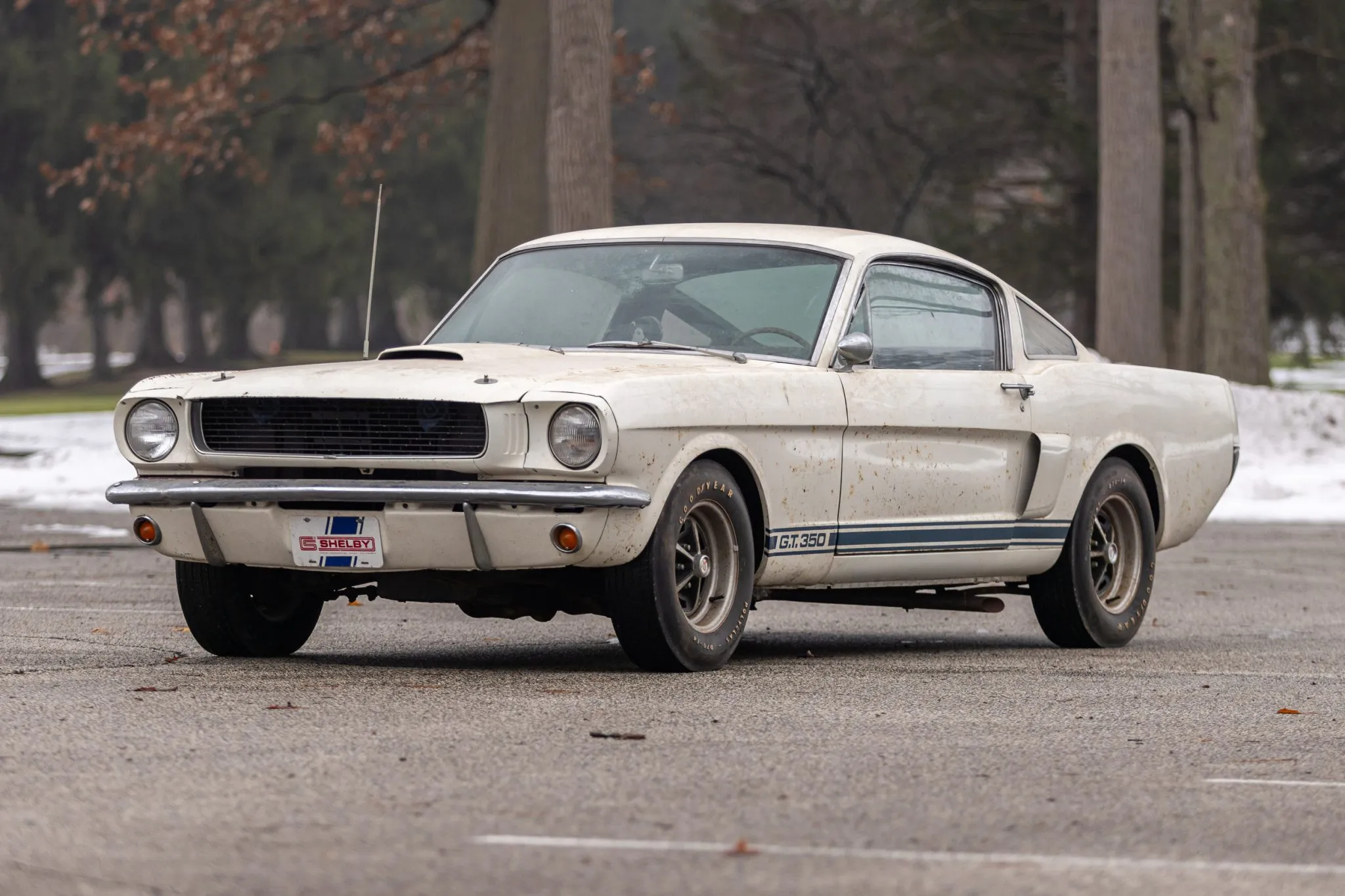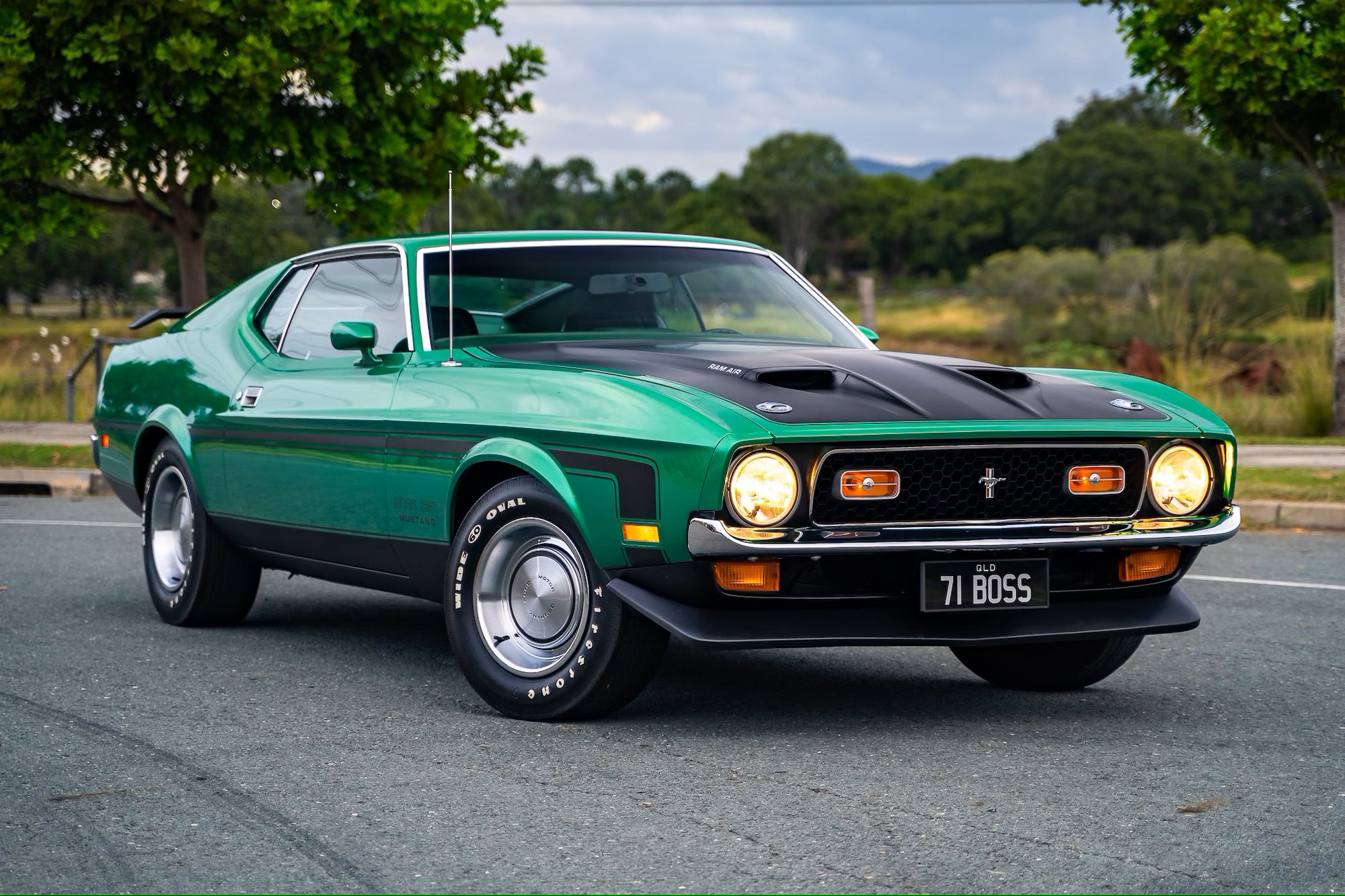Here’s How Much A 1969 Mustang Boss 302 Is Worth Today
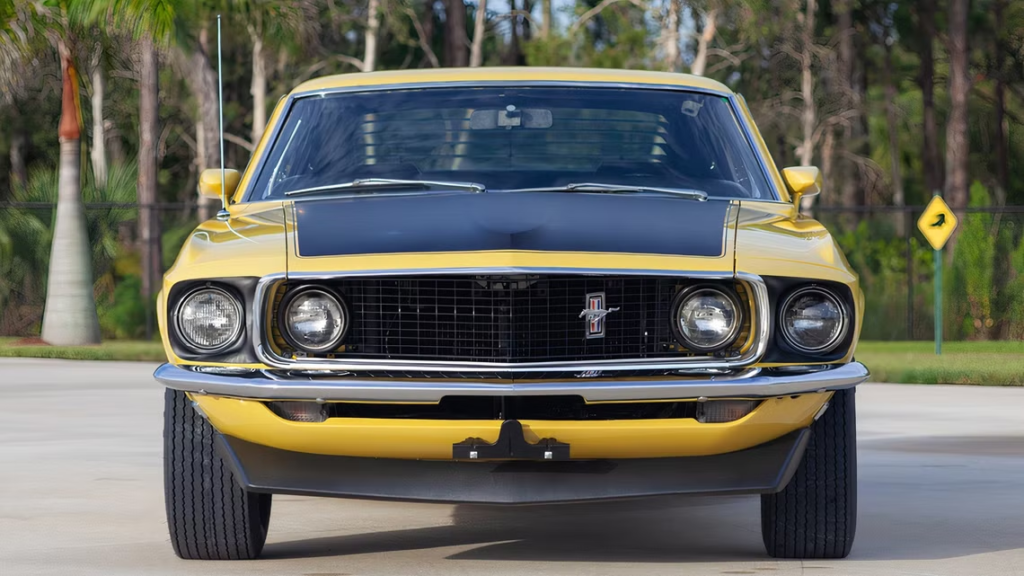
The Ford Mustang defined the world of muscle cars for the brand. Sure, there were other muscle cars from the brand, such as the Fairlane, Torino, and Thunderbird, but the Mustang had defined the Ford muscle car scene from the moment it arrived in 1964. This makes it one of the most iconic American cars of all time, but one model made this car even more exciting and special.
The Boss 302 Mustang arrived to be a more powerful version of the pony car. The Boss 302 version quickly became one of the most popular Mustangs of all time, making it a common sight among car enthusiasts around the country. Despite its popularity, Ford didn’t make the Boss 302 Mustang in high numbers. Fewer than 7,000 copies of this version hit the streets; 1,628 of these were built for the 1969 model year, making it one of the lowest-production muscle cars of the time. This limited availability justified the desirability of the car and kept the Mustang’s reputation high.
This special Mustang had to look like a car that many would admire and desire. Ford achieved this goal with a loop bumper/grille combination, which increased the car’s length by three inches. The hood features five air intakes, which give the car more air to breathe and a much more aggressive appearance. The cherry on top was the black stripe that began at the front of the hood and continued down the side of the car, ending at the rear fender. If that wasn’t enough, on the side of the front fender, “Boss 302” was written to remind you of this incredible muscle car’s prowess.
Note: Note: In order to give you the most up-to-date and accurate information possible, the data used to compile this article was sourced from Ford’s website and other authoritative sources, including Hagerty, JD Power, Bring A Trailer, and Classics.com.
The 1969 Mustang Boss 302 Is Worth A Lot On The Used Market Today
Original MSRP: $3,450
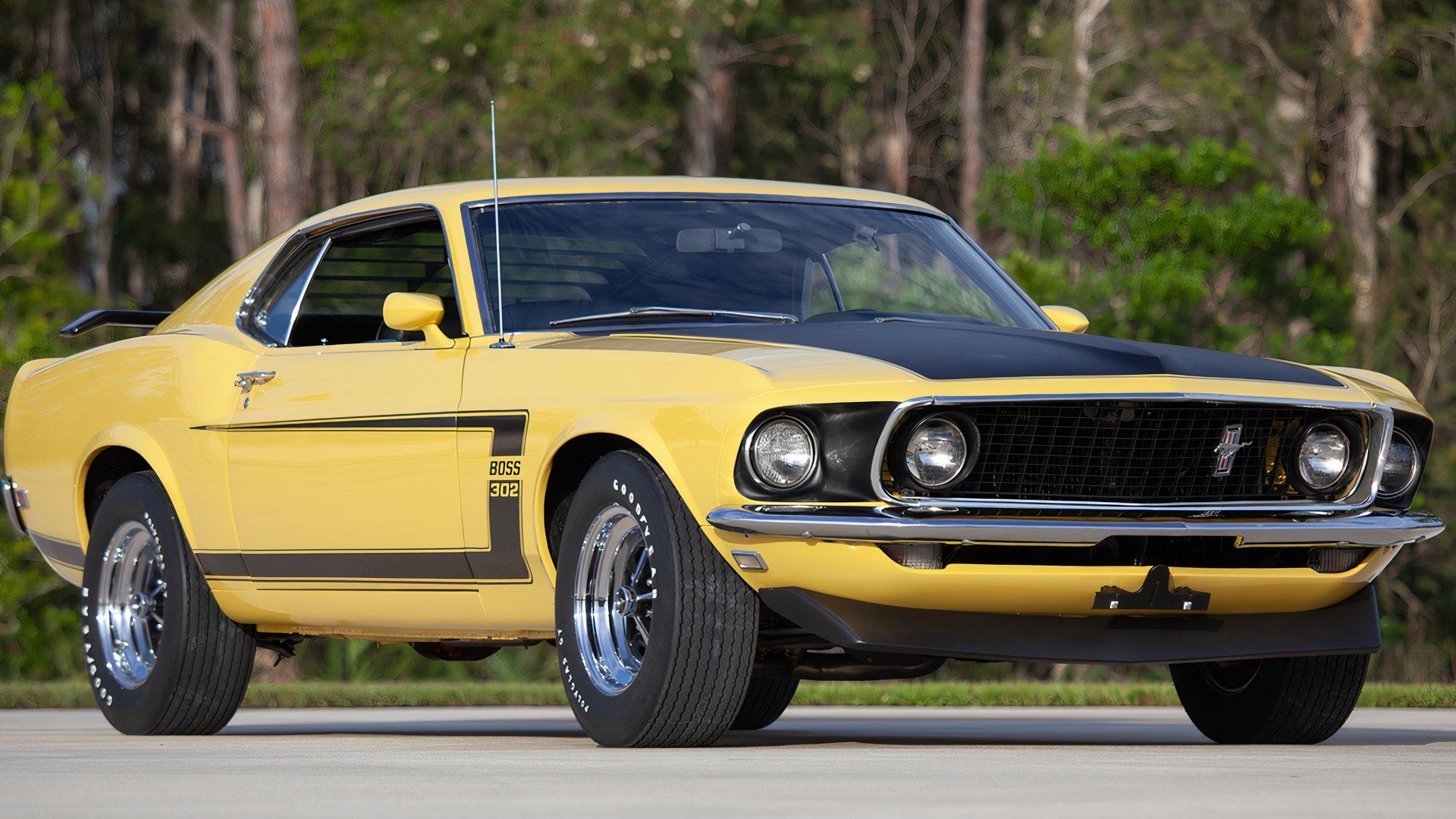
Back in 1969, you could buy a Ford Mustang Boss 302 for $3,450. That amount, adjusted for inflation, would come to $28,992, which still seems like a bargain for such an incredible muscle car. That bargain price is not what you’ll find today. Depending on the expert you turn to, this car ranges in price from $59,400 up to $178,900, depending on the condition and status of the car.
Expert Valuations Of The 1969 Mustang Boss 302
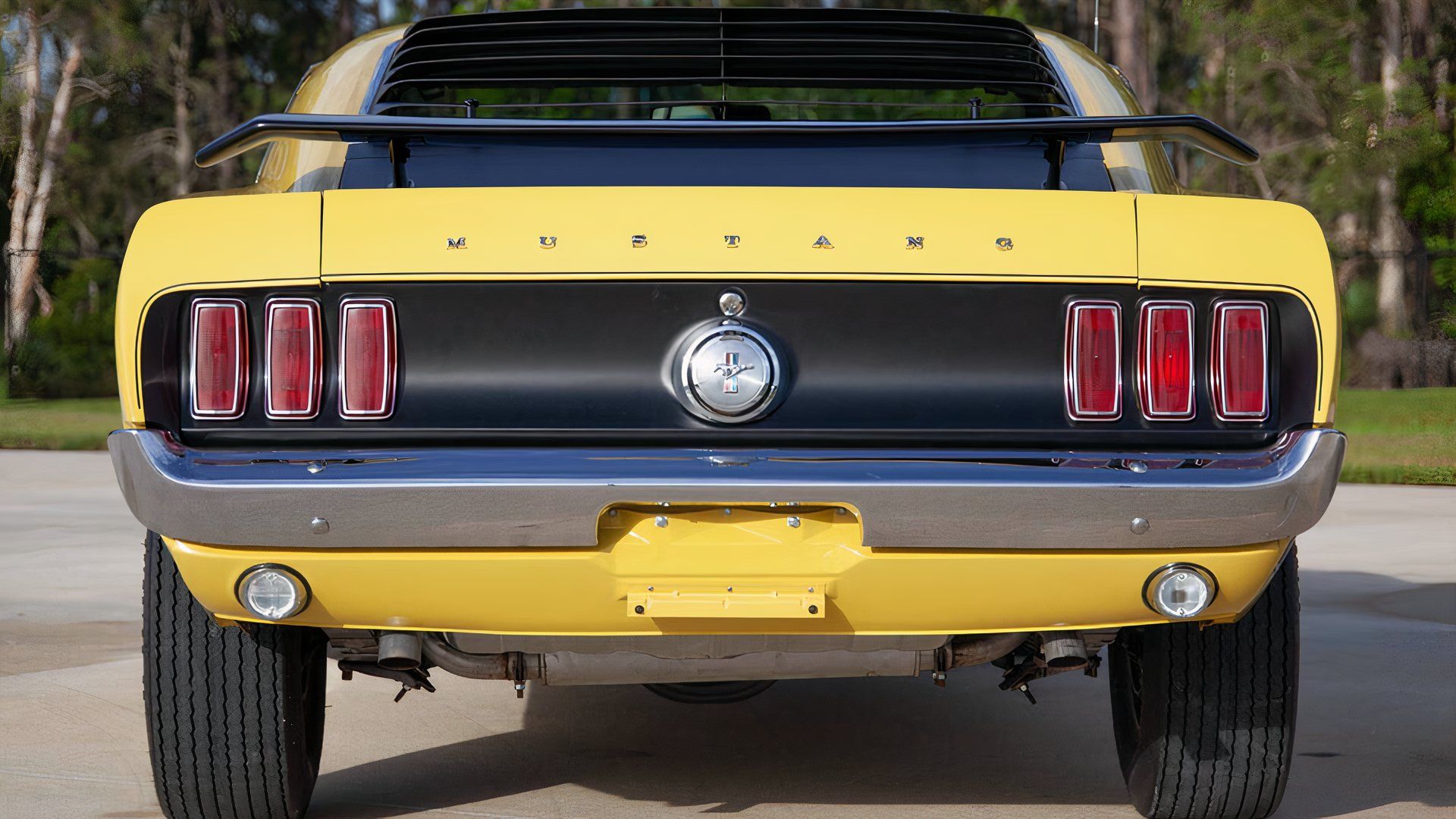
Hagerty estimates a 1969 Boss 302 in good condition at $74,000, reflecting a 4.2% increase over the past year. On the other hand, J.D. Power lists a High Retail value of $178,900, with an Average Retail of around $106,200, and a Low Retail at $59,400. Used car database Classic.com reports an average sale price of $94,248 for Boss 302s from 1969 and 1970 in the last five years, with a market benchmark of $88,368.
Has The Mustang Boss 302 Done Well At Auction?

Classic cars are often sold at auction, and rare versions of some common cars will often fetch incredibly high prices at high-end auctions. The 1969 Ford Mustang Boss 302 isn’t among the rarest cars ever made, yet, but the limited production run makes it a valuable car, especially if it’s in pristine condition. During the production of the 1969 model, only four colors were offered: Bright Yellow, Calypso Coral, Wimbledon White, and Acapulco Blue.
Recent Auction Results
A restored 1969 Boss 302 in concours condition sold for $220,000 at Mecum Auctions in May 2022. Before that, a well-maintained example fetched $66,001 on Bring a Trailer in May 2020, while a modified Boss 302 with a non-original engine sold for $56,500 later in May 2022. As you can see, a car sent to a high-end auction, such as Mecum Auctions, will likely sell for a much higher price than one listed on Bring a Trailer. Still, every version of the Boss 302 Mustang mentioned shows significant returns for the current owners, including models without the original engine or one that’s been modified.
Modifications Are Hard To Avoid
Over the years, the Ford Mustang has been one of the most modified cars in existence. The ease of tuning coupled with a supportive customization market has led to many versions being altered. It’s unusual to find a Mustang that hasn’t been changed from the original unless the original owner committed to maintaining the car in its factory form. That said, you can easily see that alerted versions of the Boss 302 are still sold at auctions for high prices, which means modifications don’t harm valuation too much.
Furiously Powered 1969 Mustang Boss 302

Straight Out Of NASCAR, Sort Of
NASCAR made a huge contribution to the Boss 302 Mustang, from the build to the name. At the time, the Boss 429 was racing in the SCCS Trans Am racing series. Rules for this racing series required a car to be homologated first. This meant models for public use had to be built, but the SCCA regulations dictated that homologated versions couldn’t have engines larger than 305 cubic inches.
Specs
You might think that Ford would have created a 305 cubic inch engine, which would have changed the name of this car, but that wasn’t the case. In order to meet racing regulations, Ford put a 302 cubic inch engine in the Mustang that had previously been produced for the Camaro. This led to the naming of the car, which wore the same Boss moniker as its track-ready counterpart. Stock, it was rated at 290 hp and 290 lb-ft and reached 60 mph in 6.5 seconds with a top speed of 133 mph, operated with a 4-speed manual transmission.
Fun Facts About This Mustang
It Won The SCCS Trans Am Racing Series In 1970
The Boss 302 Mustang nearly won the 1969 race, but troubles in the pits compared to the Chevy team led to a victory for the Chevrolet Camaro Z/28 team. Things changed in 1970. With Parnelli Jones at the wheel and a well-seasoned pit team, the Mustang won the SCCS Trans Am Championship. Strangely, after this win, Ford chose to cancel the Boss 302 program.
The Boss 302 Was A Sprint Monster
In today’s world, a sprint to 60 mph in 6.5 seconds isn’t that impressive, but in 1969, with the slew of big-block V8 cars on the road, this was lightning quick. Additionally, the Boss 302 could complete a quarter-mile sprint in only 14.1 seconds, which was extremely competitive for the time. The close-ratio four-speed manual gearbox helped this car stay in the desired operating range of the engine.
It Was A Great Handling Car
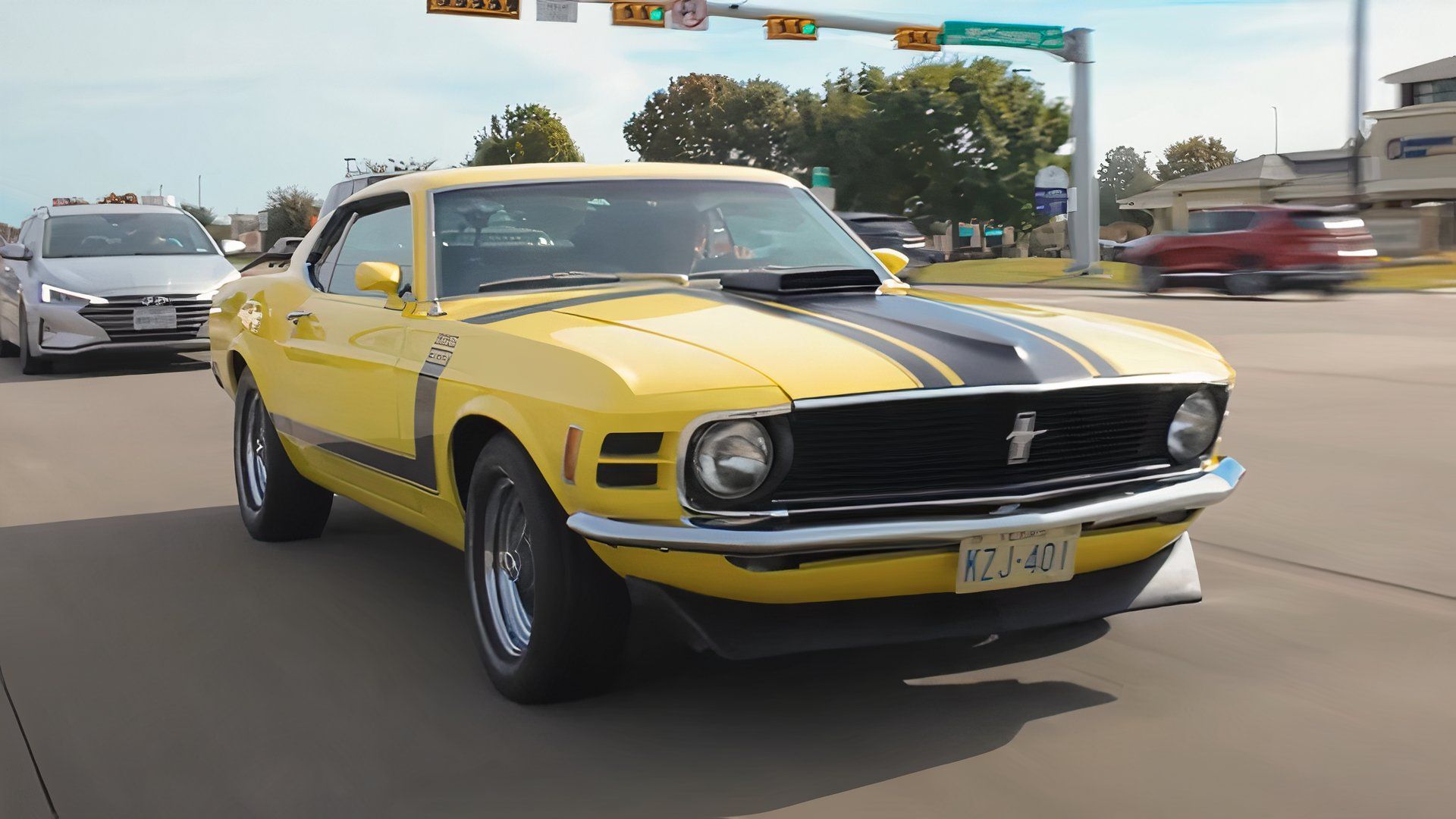
The 5.0-liter engine wasn’t the most powerful at the time, but the suspension setup and tire combination used for the 1969 Ford Mustang Boss 302 made it a fantastic handling car. The tires were Goodyear F60-15 polygas mores that were eight inches wide. These tires were wide enough to cause Ford to add special front and rear fenders to this car, which gave it a more aggressive look. The wide tires meant tweaking the front suspension with offset wheels to ensure the tires didn’t rub during cornering.
The suspension was also upgraded to address the over-steering feel that was common in muscle cars. The rear leaf springs were stiffer in the Boss 302 compared to other Mustang models. This didn’t leave much room for weight transfer, but the softer front springs combined with an anti-sway bar made the difference. This suspension setup allowed the weight distribution to be 55:45 front to rear and solved the oversteer issue, creating a more driver-focused car.
The Big Brother
The Boss 429 Mustang was the big brother to the Boss 302. It came with a monstrous 429 cubic inch V8 engine and was made for the NASCAR series. Homologation regulations required Ford to make 500 versions, but the company made 1,359 copies of the Boss 429. The massive 7.0-lite V8 engine produced 375 horsepower and 450 lb-ft of torque in the stock version. This car was originally planned to be a mid-engine muscle car, which would have given it a perfect 50:50 weight distribution, but that plan never went into production. Interestingly, the first 50 Boss 429 Mustangs that left the factory were made by hand, which makes them valuable collector’s items.
The Boss 302 Got Its Revival In 2012
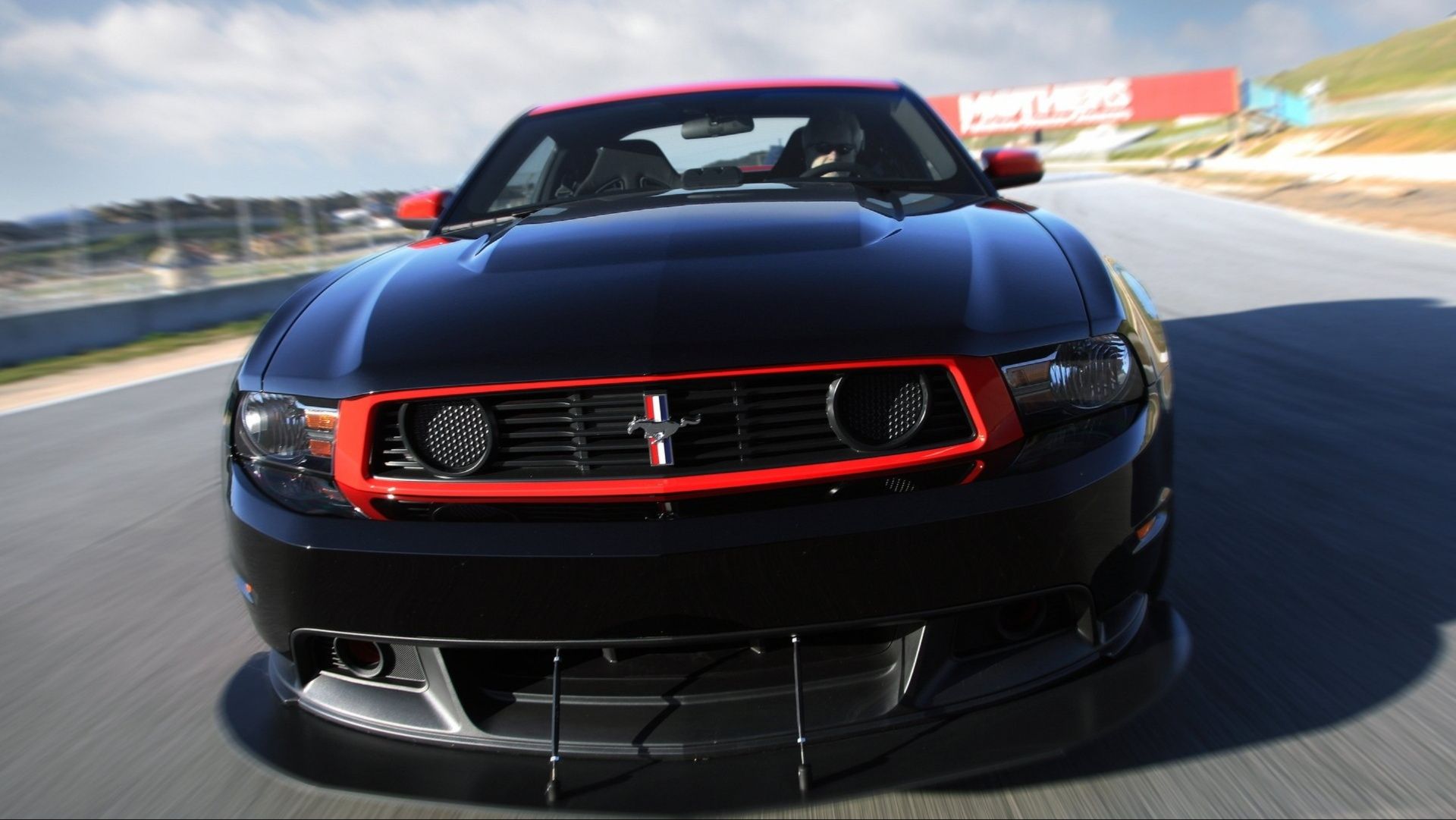
The 5.0-liter V8 engine has historical significance as part of the Ford Mustang. Because Ford has used this engine size for decades, it was pretty easy to revive the Boss 302 name for the 2012 version of the Mustang. It was based on the fifth-generation Mustang and had a Coyote V8 under the hood. The engine received the nickname “Road Runner,” which is simple, forced irony, but fun to think about. The 2012 Boss 302 had technological enhancements, including a limited-slip differential on the rear axles, six-speed MT-82 manual transmission, and a quad exhaust system.
This article was originally published by Hotcars

